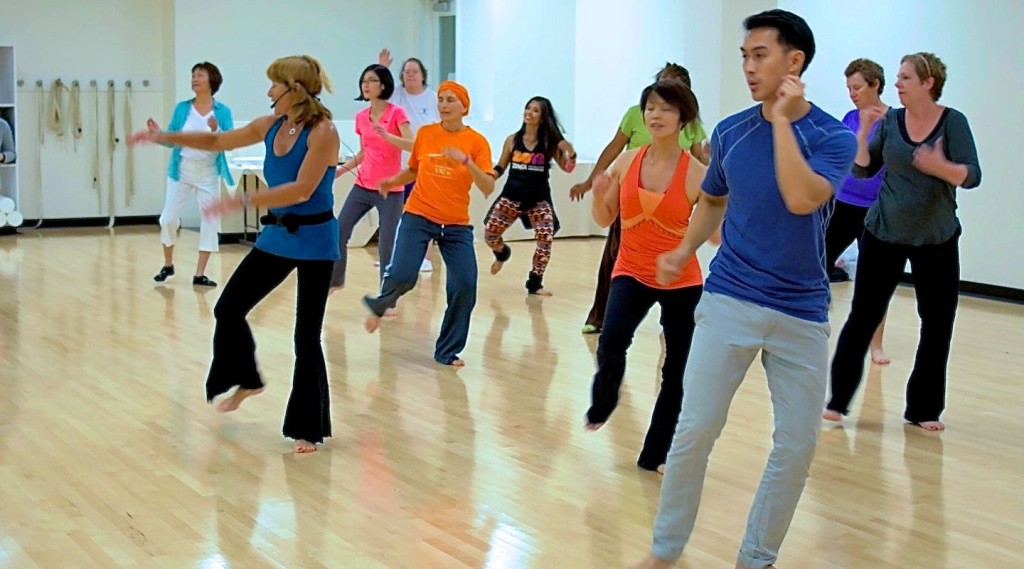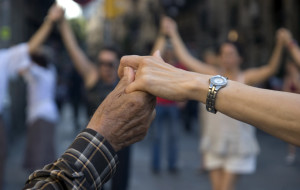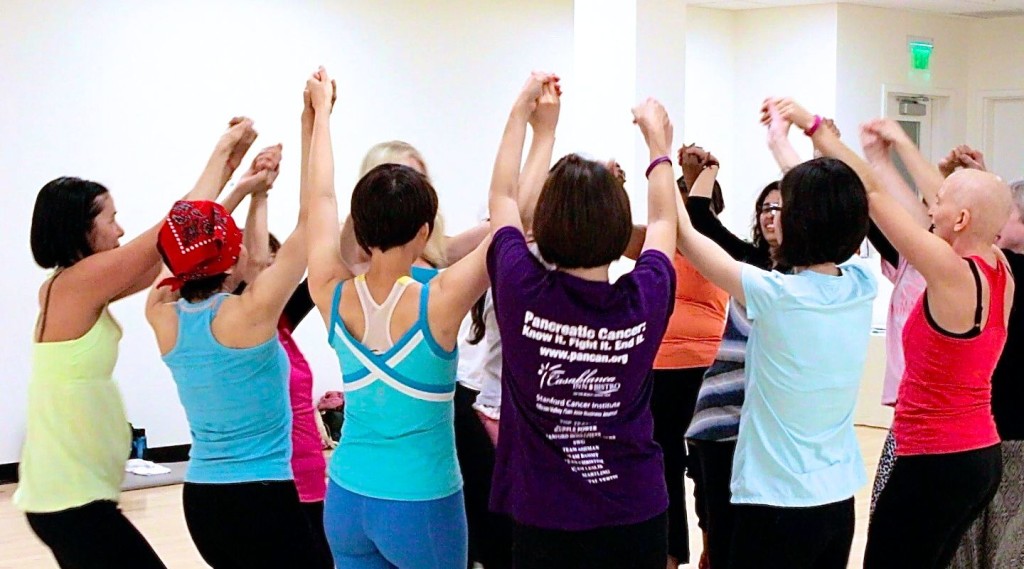Amy Li was at a conference with NASA when she received the news she’d been diagnosed with cancer. It was unexpected, and terrifying. Li didn’t know how to tell her friends or family, and thought she was going to die.
“One of the things the doctor said that really resonated with me, he said, ‘Rely on your community. This is very difficult to go through,’” she said.
After eight months of treatment and much research on the effects of music on stress, Li came up with the idea for her company, Dance4Healing.
Li and other creative health innovators will be on the SXSW panel Bring Music, Dance and Art to Health Tech Innovation.
While researching the effects of music, other search results about the healing effects of dance and art came up as well. Soon after, Li’s friend sent a Ted Talk entitled “Fighting Cancer with Dance.” She thought it was her calling.

Her program is a virtual dance class, free to all cancer patients. Patients in the Stanford, California area are welcome to attend the original lesson each week, which is then recorded and put online where patients are able to upload and play the lesson as many times as they want throughout the week.
Online, patients are also able to dance to the video virtually, in real time with other patients.
Li’s research is based on long-standing research about the healing power of dance and music.
“There are a lot of published medical studies on the health benefit music and dance, but it’s very underutilized in healthcare,” Li said. “For example, for cancer patients it’s improving their quality of life by 50 percent and reducing pain by 59 percent. It reduces depression by 28 percent and anxiety by 23 percent.”

Other studies have also shown that music and dance reduce the risk of dementia by 76 percent, research that is, again, underutilized, she said.
Also, Li says the social aspect of dance and sharing the experience with peers is helpful to patient recovery – creating a community for the patients, just as her doctor recommended for her.
“You really excel when you have a buddy,” she said.
The program can also match buddies online according to personality traits. She says one of her patients met her best friend through the program. The two have never been together in person, but dance together regularly online.
Some patients dance with family, friends, or caregivers at home – an activity that reduces stress for everyone involved. Many family, caregivers and patients have few joyful experiences together while the patient is going through treatment, Li says.
Recent research by funded by the American Cancer Society has also found exercise increases blood flow by about 200 percent, she said, which, in turn reduces the risk of tumor hypoxia.
As the oxygen levels in the tumor increases, the cancer cells that were previously unresponsive become more responsive.
“That is huge because, imagine all of a sudden your treatment of chemo and radiation are hitting some of these cancer cells that weren’t (previously) responding,” she said. “Every single cancer cell that responds to treatment is a step further to curing the patient.”
The research looks at what type of exercise and how much would be ideal for the individual to reach an increased efficacy of their chemo and radiation.
At the panel, in addition to talking about her own experience with cancer and the research supporting the benefits of dance, Li says she will be talking about a clinical trial that she is setting up with Stanford.
While there is plenty of research about the effects of reducing stress and other benefits, Li says there are no studies on the effects of a program like hers, to see just how effective it can be.
“We need people to realize more that music and dance can really make a huge difference,” she said. “And not just cancer patients.”
When and Where:
Saturday, March 12
9:30 – 10:30 a.m.
Westin Austin Downtown – Paramount 1/ 301 E 5th ST
Find out more: Bring Music, Dance and Art to Health Tech Innovation

